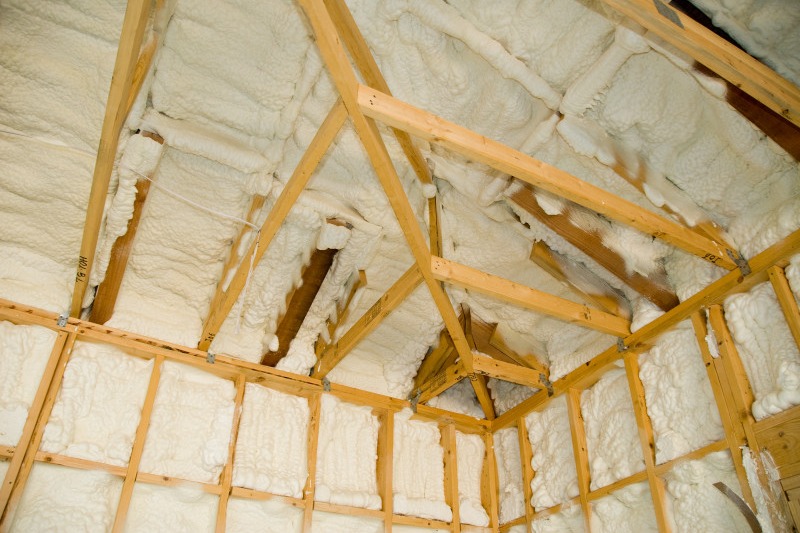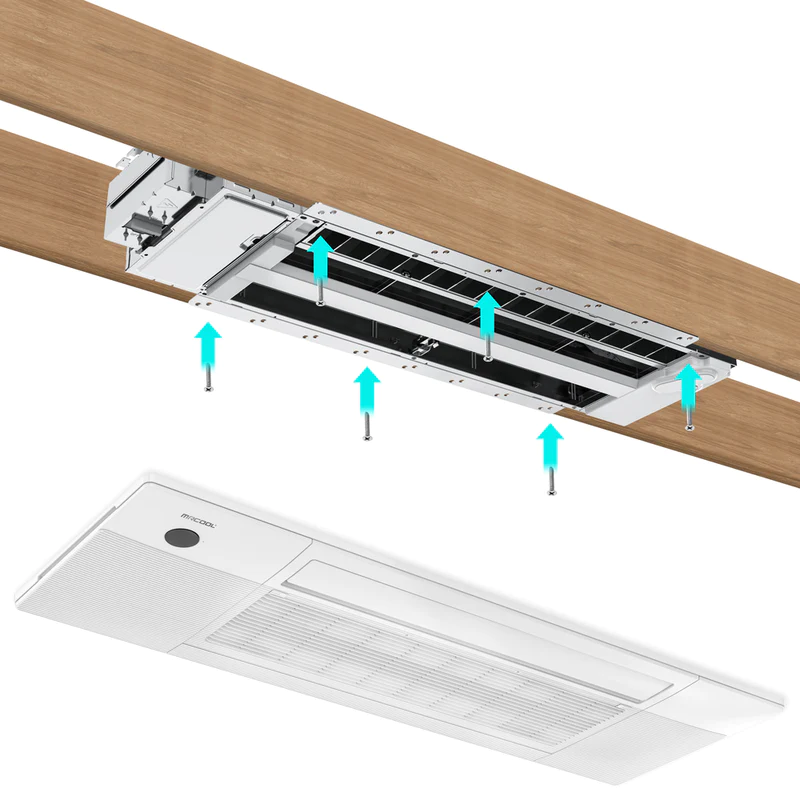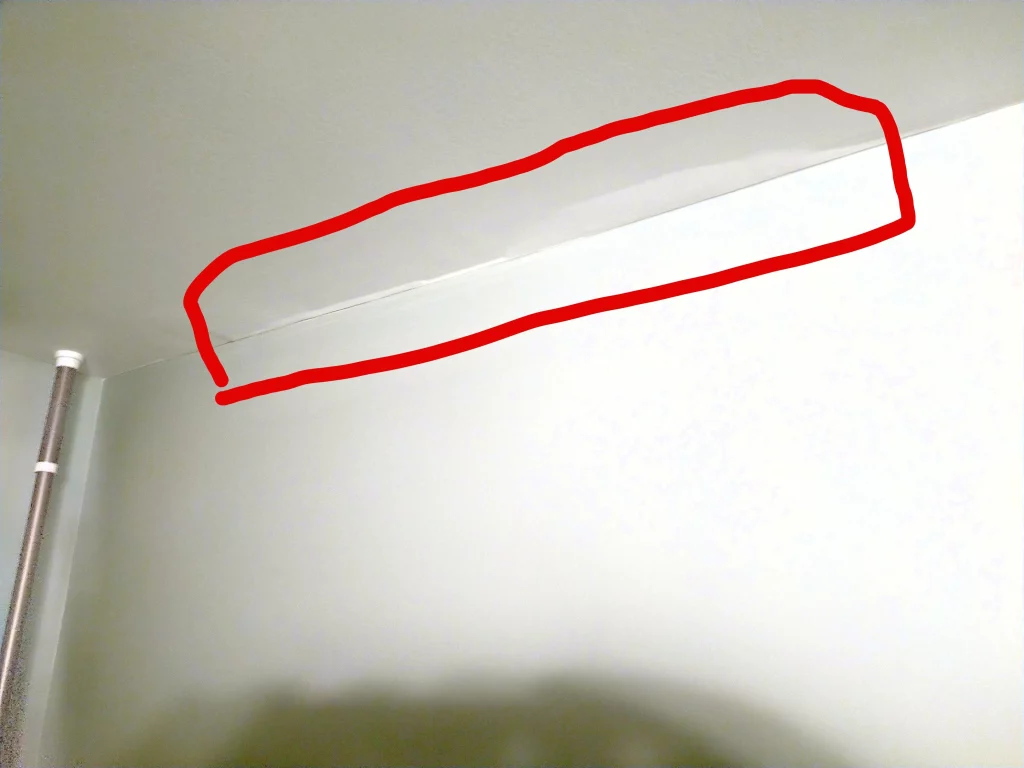Are you looking to enhance the comfort and energy efficiency of your garage without the hassle of drywall installation? Insulating your garage ceiling without drywall can be a practical and effective solution. In this guide, we’ll explore creative methods to insulate your garage ceiling, keeping it comfortable and functional in any season.

Insulate Garage Ceiling Without Drywall: Exploring Your Options
1. Foam Board Insulation
Foam board insulation is a popular choice for insulating garage ceilings without drywall. Available in various thicknesses and R-values, foam board insulation provides excellent thermal resistance and can help reduce heat transfer between the garage and living space above. To install foam board insulation, simply cut the panels to size and secure them to the ceiling joists using adhesive or mechanical fasteners.
2. Spray Foam Insulation
Spray foam insulation offers superior coverage and can effectively seal gaps and cracks in the garage ceiling. This type of insulation expands upon application, filling cavities and creating a seamless thermal barrier. Spray foam insulation is typically installed by professionals, but DIY kits are also available for smaller projects. Be sure to follow proper safety precautions when working with spray foam insulation.
3. Reflective Insulation
Reflective insulation, also known as radiant barrier insulation, is designed to reflect radiant heat away from the garage ceiling. This type of insulation typically consists of a layer of reflective foil laminated to a substrate material such as foam or bubble wrap. Reflective insulation is easy to install and can be stapled or taped directly to the underside of the garage ceiling joists.
Read too: Discovering the Charm of Nautical Outdoor Ceiling Fans for Your Coastal Retreat: Sail into Style
Benefits of Insulating Your Garage Ceiling Without Drywall
- Improved Comfort: Proper insulation helps regulate the temperature in your garage, making it more comfortable to work in year-round.
- Energy Savings: By reducing heat transfer, insulation can lower your energy bills by minimizing the need for heating and cooling.
- Moisture Control: Insulation can help prevent condensation and moisture buildup in the garage, reducing the risk of mold and mildew growth.
- Noise Reduction: Insulation can dampen sound transmission, making your garage quieter and more peaceful.
DIY Tips for Insulating Your Garage Ceiling
- Measure Twice, Cut Once: Take accurate measurements of your garage ceiling before purchasing insulation materials to ensure proper coverage and fit.
- Seal Air Leaks: Before installing insulation, seal any gaps or cracks in the garage ceiling with caulk or spray foam to maximize energy efficiency.
- Safety First: Wear appropriate safety gear, such as gloves, goggles, and a respirator, when handling insulation materials to protect yourself from irritation and airborne particles.
Conclusion
Insulating your garage ceiling without drywall can provide numerous benefits, from improved comfort and energy savings to moisture control and noise reduction. By exploring innovative insulation methods and following DIY tips, you can create a more comfortable and functional garage space that enhances your home’s overall efficiency and value.


